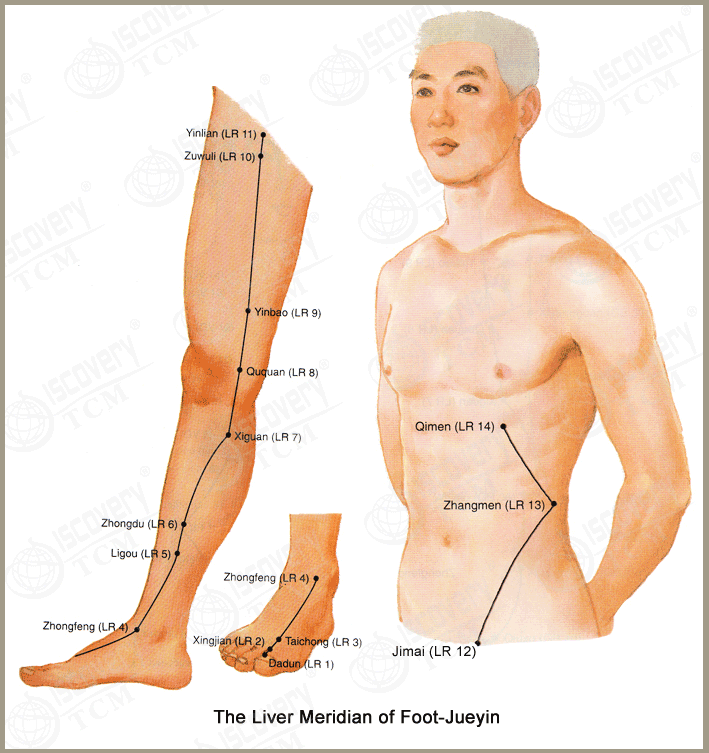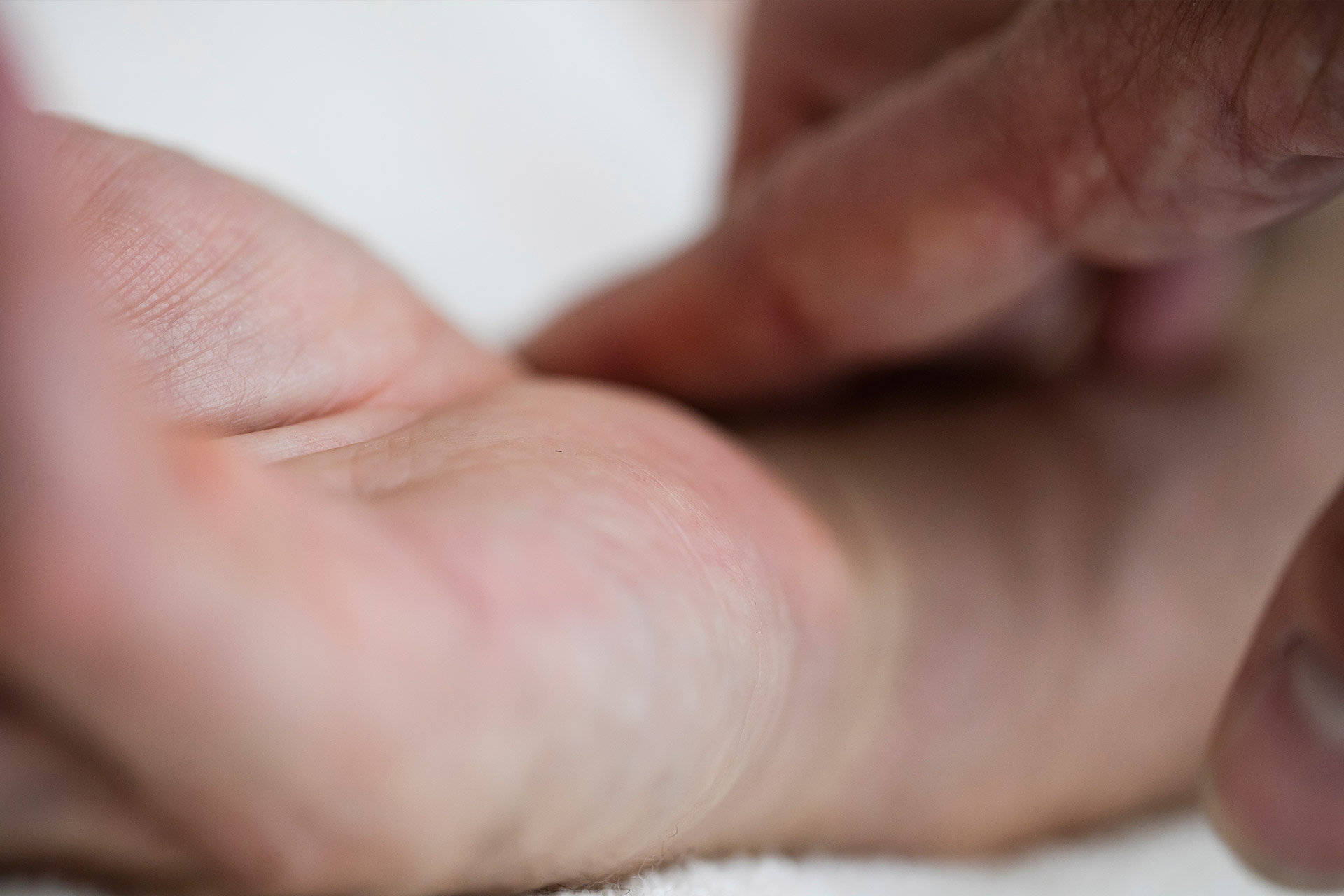
East and West: Two Different Ways of Looking at the Body
Two weekends ago I was happy to see a major article about acupuncture in the New York Times. While the article provides greater exposure for acupuncture treatment, I was struck by the overall lack of understanding of the medicine.
To understand eastern therapies such as acupuncture, one must become familiar with the way the ancient east viewed the body.
During my acupuncture studies, I quickly became aware that the western biological view is not the only truth relating to physiology and pathology within the human body. The ancient Chinese developed a method of viewing and understanding the body that is equally as valid as the west.
The main difference between east and west can be seen through the aspects of the body the medical systems focus upon. The west has developed its system based on the material aspect of the human body: that which can be seen. The Chinese model focuses on the part of the body that is immaterial: that which cannot be seen. Both of these aspects, however, can be measured. The west uses blood tests, machines, x-rays and microscopes to measure health and disease within the body. Chinese medicine uses the pulse to measure the flow of the invisible energetic chemistry of the body, able to discern health and disease based on highly sophisticated methods of measuring 12 distinct pulses on the radial artery.
To the Chinese, the superior medicine is that which can detect disease before it has manifested within the physical body. The pulse shows physiological disturbances before they have given rise to symptoms, changes in the blood, body fluids, or perhaps even cells.
When I refer to the “energetic chemistry” of the body, I am speaking of the “qi” that is the root of all movement, and therefore all life within the human body. I like to describe qi in this manner: we know that the heart beats and pulses blood throughout the body. Western medicine often refers to the beat of the heart as an electrical energy. This electrical energy is the qi. It is qi that makes the heart beat, the lungs respirate and the bowels have peristalsis.
The Chinese medical model has mapped out pathways of qi movement throughout the body. Each major organ possesses a channel that circulates qi throughout various parts of the body. For example, part of the Stomach channel flows through the stomach and pancreas organs up to the sensory orifices of the face. The qi of this channel can be measured on the right wrist. The qi of the Stomach channel governs all peristaltic activity within the body, as well as perceptive capability of the senses.
There is confusion surrounding the acupuncture channels. As qi is invisible, the channels of qi are also invisible. The channels do not travel along the nerves or within the blood vessels. Of course, there is qi within these structures, as there is qi within everything. However, the channels themselves are invisible structures that conduct an invisible humor that allows for all movement within the body. The qi moves the blood and body fluids; the qi rebuilds the tissues of the body. Food and air are converted into types of qi in the body that become the body’s resources.
The networks by which qi flow can be felt, if not seen. It is common to feel the qi move through an entire channel during acupuncture treatment. When a popular Stomach point near the knee is needled, it is common to feel the qi shoot down the leg into the foot along the Stomach channel. The sensation is not traveling through the nerve, but through the invisible acupuncture channel. As points are needled during acupuncture treatment, the pulses will change, as the qi has been adjusted. The pulse may speed up or slow down, loosen or tighten up, become fuller or thinner, beady or thin, stronger or weaker. Each of these qualities indicates a change within the energetic chemistry of the body as relating to the qi, blood and body fluids.
As eastern and western methods of viewing the body are vastly different, it is impossible to use measurement from either system to validate or invalidate the other. Western medical tests are completely unsuitable to measure that which is invisible, therefore unsuitable to measure or validate the acupuncture channels of Chinese Medicine: just as one wouldn’t use the pulse to describe what was occurring within the cells of the Liver. The pulse can tell what is going on in the Liver, but it is an unsuitable method to describe the manner in which Western Medicine is looking at the body. The pulse cannot describe cell growth, cell division ect., just as cellular tests cannot describe whether there is stagnation or deficiency of qi within the Liver channel.
My greatest hope is that east and west will discover that they are two sides of the same coin. They are not in competition. They need not invalidate one another. Each describes an aspect of the body. Each have developed highly sophisticated methods of viewing and measuring human physiology. The West focuses on the material aspect of the human being, while Chinese medicine focuses on the immaterial as it becomes material. One cannot fully understand either system without honoring the unique way that system sees the body. To use Western medical tests to validate and understand Chinese Medicine is counter-productive. It would be more productive to understand the richness of pulse diagnosis, and open to the eastern view of the world. The Chinese have done this in regards to the West. In China, eastern and western medicine are practiced side-by-side in hospitals. In one such hospital, the stroke ward is made up of mostly acupuncture, while other areas of the hospital are highly western. Wouldn’t it be wonderful to see Western hospitals taking a similar approach? I feel that the medical system in general, as well as its patients, would benefit.








No Comments